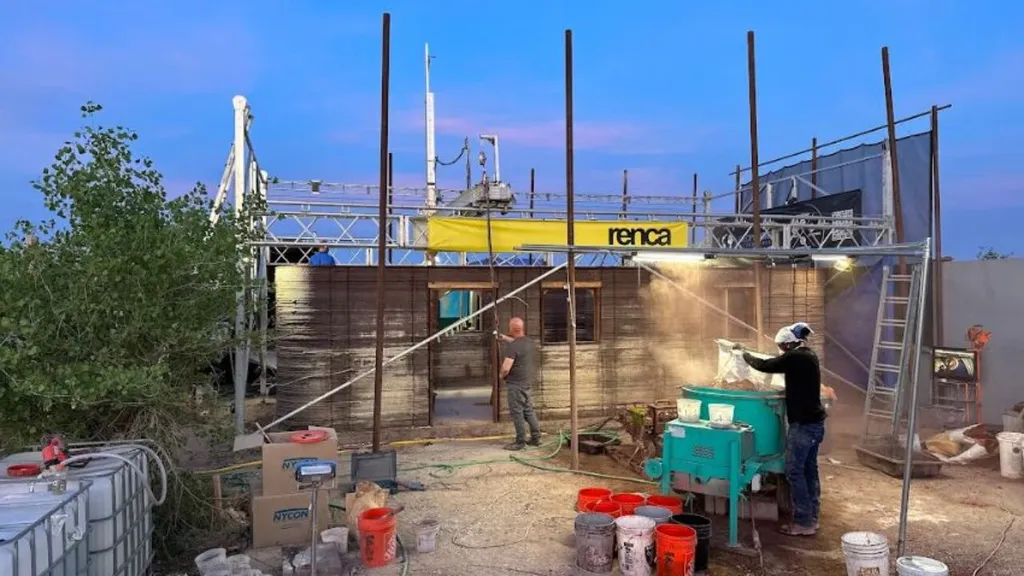In a significant stride towards sustainable construction, researchers have demonstrated the potential of using industrial by-products and recycled materials in 3D concrete printing (3DCP), offering a promising avenue for reducing waste and carbon emissions in the built environment. The study, led by Marcin Maroszek from the Faculty of Materials Engineering and Physics at the Cracow University of Technology in Poland, explores the use of Vietnam fly ash (FA) as a substitute for traditional Portland cement, coupled with recycled brick aggregate (BR) from construction and demolition waste.
The research, published in the journal ‘Buildings’ (translated from Polish), presents a compelling case for the construction industry to embrace more eco-friendly materials without compromising the mechanical performance of concrete elements. “Our findings confirm that it is indeed feasible to utilize secondary raw materials in 3DCP formulations,” Maroszek stated, highlighting the potential for resource efficiency and carbon footprint reduction.
The study investigated five concrete mixes, including a reference mix, produced both by conventional casting and 3D printing. The incorporation of fly ash and recycled brick aggregate reduced the flow of the mixtures by 15–22%, yet all mixes remained suitable for 3D printing. Printed specimens exhibited higher water absorption than cast ones, with notable differences in mechanical performance. In flexure, modified mixtures showed 50% lower peak stress than the reference, and printed specimens were generally weaker than their cast counterparts.
In compression, the orientation of the printed layers played a significant role in the mechanical performance. Specimens loaded perpendicular to the layers reached up to 6–7 MPa, while parallel loading yielded up to 3.5 MPa with larger scatter. These results underscore the importance of considering layer orientation in the design and application of 3D printed concrete elements.
The commercial implications of this research are substantial, particularly for the energy sector, which is increasingly focused on sustainability and reducing its environmental impact. By adopting eco-friendly construction materials, energy companies can contribute to circular economy principles, minimize waste, and lower carbon emissions associated with traditional construction methods.
Maroszek’s work opens up new possibilities for the construction industry to innovate and adopt more sustainable practices. As the demand for greener buildings and infrastructure grows, the integration of secondary raw materials in 3DCP formulations could become a standard practice, shaping the future of construction and paving the way for a more sustainable built environment. The study’s findings, published in ‘Buildings’, provide a solid foundation for further research and development in this exciting field.

